
Chapter 23. Chapter 23: Nervous and Motor Systems
Review & Rehearse

Instructions
Review the visual summaries and answer the essay questions below.
Make sure to enter a brief response that completely answers each question and explains your reasoning. When you click "Submit," you will be provided instant feedback, allowing you to check if your response is correct.
(This activity contains 20 total essay questions. Each new question will be revealed once you complete the preceding question.)
1.

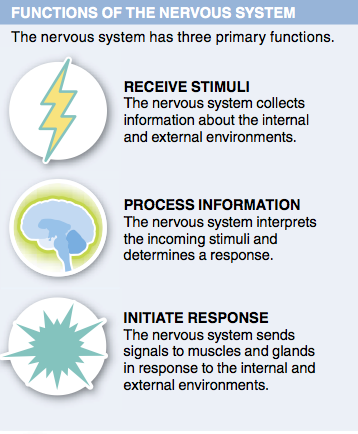
1. Why is being born without the ability to feel pain a curse rather than a blessing?
2.

2. Compare and contrast the structures and roles of neurons and glial cells of the nervous system.
3.

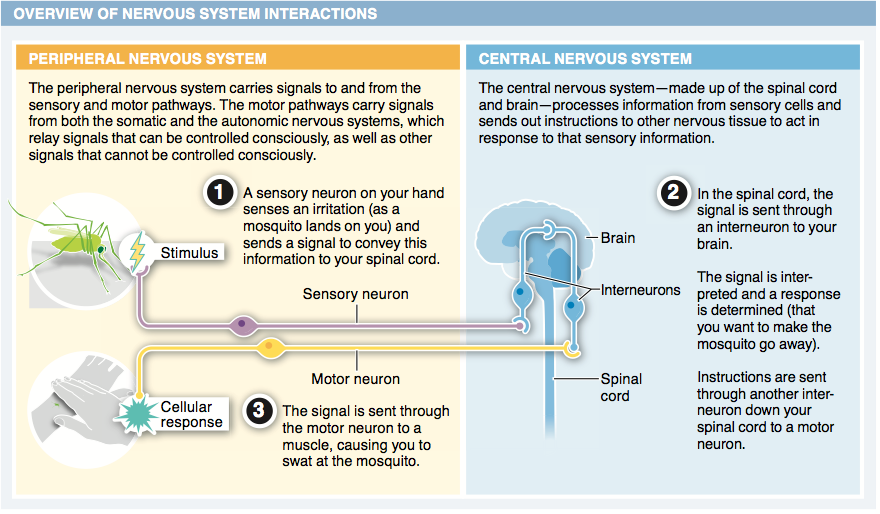
3. If you damaged your spine, which component of the nervous system would you have directly impaired?
4.


4. Describe the two ways in which dendrites receive external information.
5.
5. What is the function of the myelin sheath? Would not having one alter the likelihood of an action potential influencing a neighboring cell?
6.
6. Describe a situation in which it would not be preferable to have a signal propagated.
7.
7. What is the effect of a substance that blocks acetylcholine from binding to its receptor cell?
8.


8. From an evolutionary perspective, why have our brain and head become more pronounced during human evolution?
9.
9. How do sugar substitutes function and why are they able to “trick” us?
10.
10. Why are the senses of taste and smell closely connected in humans?
11.
11. Why can some insects see wavelengths of light in the ultraviolet spectrum that are invisible to us?
12.
12. How does the inner ear help you keep your balance?
13.
13. List the primary types of sensory receptor cells, their functions, and which of the five traditional senses they are associated with.
14.
14. Additional senses (aside from the five occurring in humans) are present in some other animal species. Describe two of these additional senses and how they help animals function in different environments.
15.

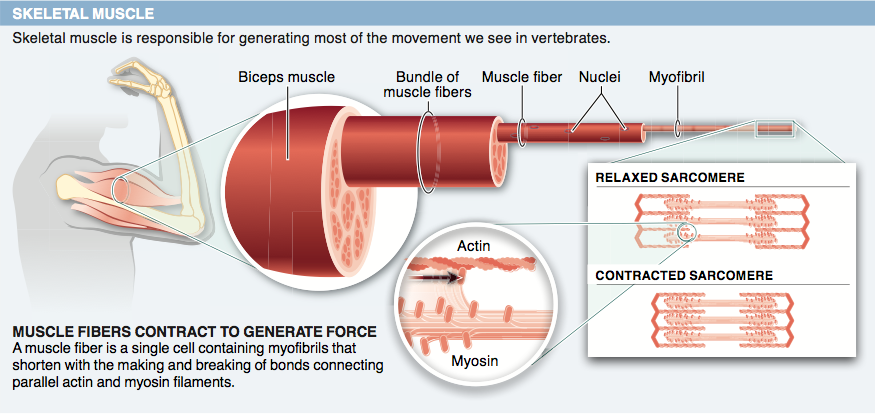
15. Describe the structure of the myofibril of skeletal muscle. What changes occur in the myofibril that make contraction possible?
16.
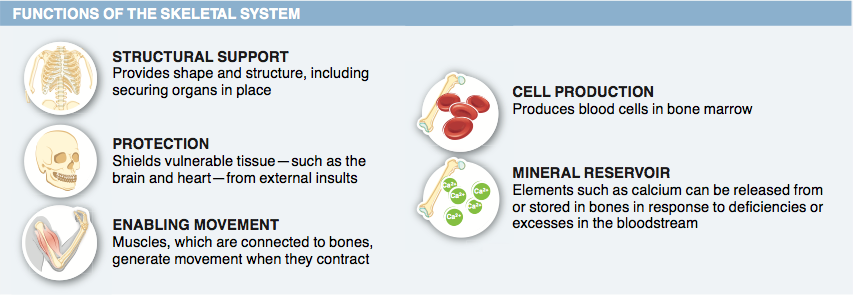
16. Describe two functions of a skeletal system.
17.

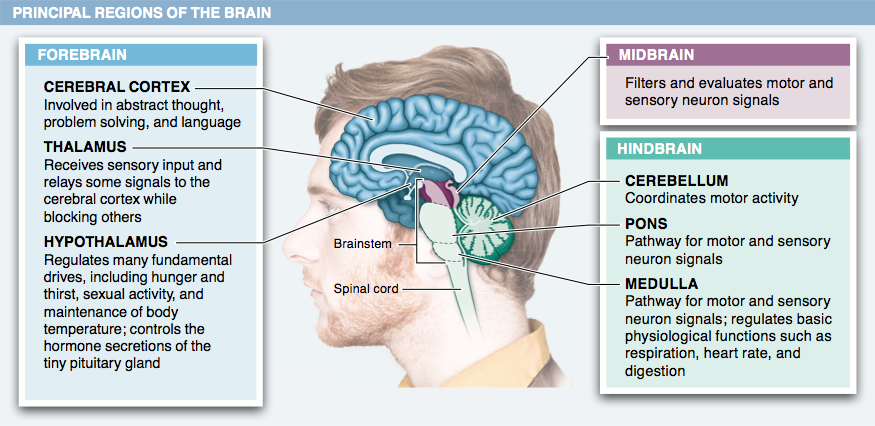
17. Describe the major functions of the forebrain.
18.
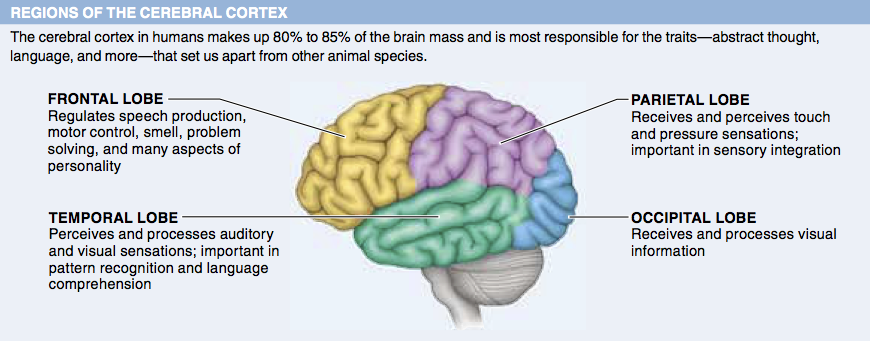
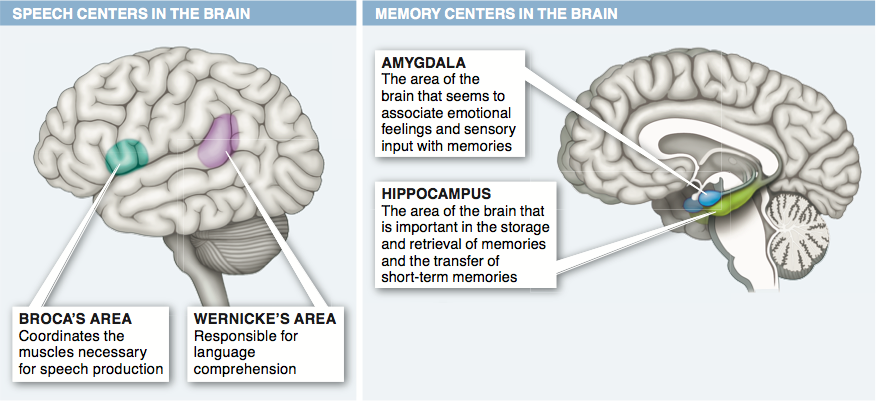
18. Which parts of the limbic system are crucial in storing memories? Describe evidence that supports your answer.
19.

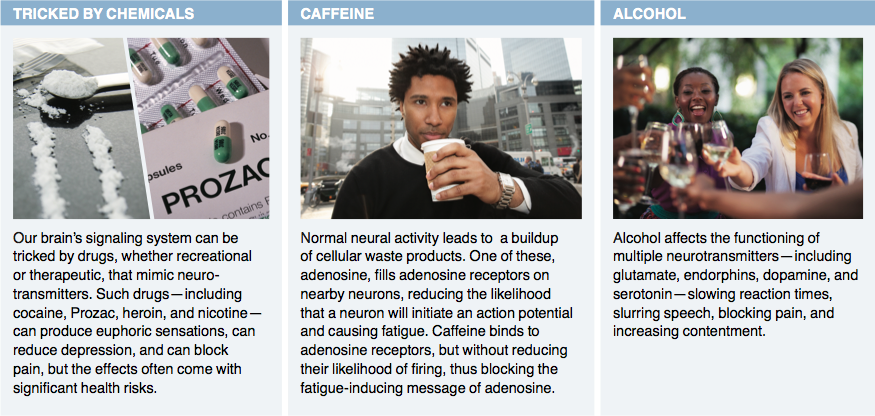
19. If serotonin stays longer in the synaptic cleft, what is the likely impact on a person’s mood?
20.
20. How does caffeine alter the functioning of adenosine?
Activity results are being submitted...